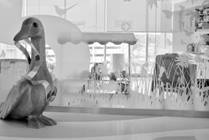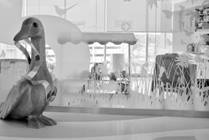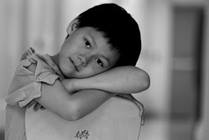Search Results
Viewing: 261-270 of 11723 | All
Velocardiofacial Syndrome
Velocardiofacial Syndrome is also known as 22q11.2 deletion syndrome.

Condition
Congenital Lung Lesions
Congenital lung lesions are a group of conditions where part of the lung has an abnormal growth or mass. Congenital pulmonary airway malformation (CPAM), bronchopulmonary sequestration and congenital lobar emphysema are the most common types of congenital lung lesions.
Poison Ivy, Poison Oak and Poison Sumac: Treatment and Prevention
Poison Ivy, Poison Oak and Poison Sumac are plants that can cause a rash after contact with the sap of the plant.

Condition
Irritable Bowel Syndrome
This Helping Hand™ covers irritable bowel syndrome (IBS) which is a common disorder that affects the large intestine (colon). Symptoms are caused by changes in how the GI tract works. IBS is a group of symptoms that occur together, not a disease.

Condition
Cradle Cap
Seborrheic dermatitis, also known as cradle cap, is very common in infants and children. It appears as scaly, itchy, white, yellow or red patches. It most often appears on the scalp but can also be found on the face, ears, or in body folds such as under the arms and behind the knees.
Sports Medicine: Posterior Tibialis Tendonitis
Posterior tibialis tendonitis is an injury of the posterior tibialis tendon in the back of the inner ankle.

Condition
Ectopic Ureterocele
An ectopic ureterocele is when there is an abnormality in the renal system, usually with an extra tube that drains pee (urine) into the wrong place.

Condition
Thyroglossal Duct Cyst
A thyroglossal duct cyst is typically noticed as an area of fullness or a lump in the midline of the neck, usually just above the voice box.

Condition
Graves' Disease
This Helping Hand™ explains the causes, signs and symptoms, and treatment for Graves' disease.

Condition
Acanthosis Nigricans
This Helping Hand™ discusses acanthosis nigricans (AN), which is a dark patch that appears on a child's neck, armpit, under the breast or a skin crease. It is usually a sign that the body is making extra insulin that it cannot use well.
